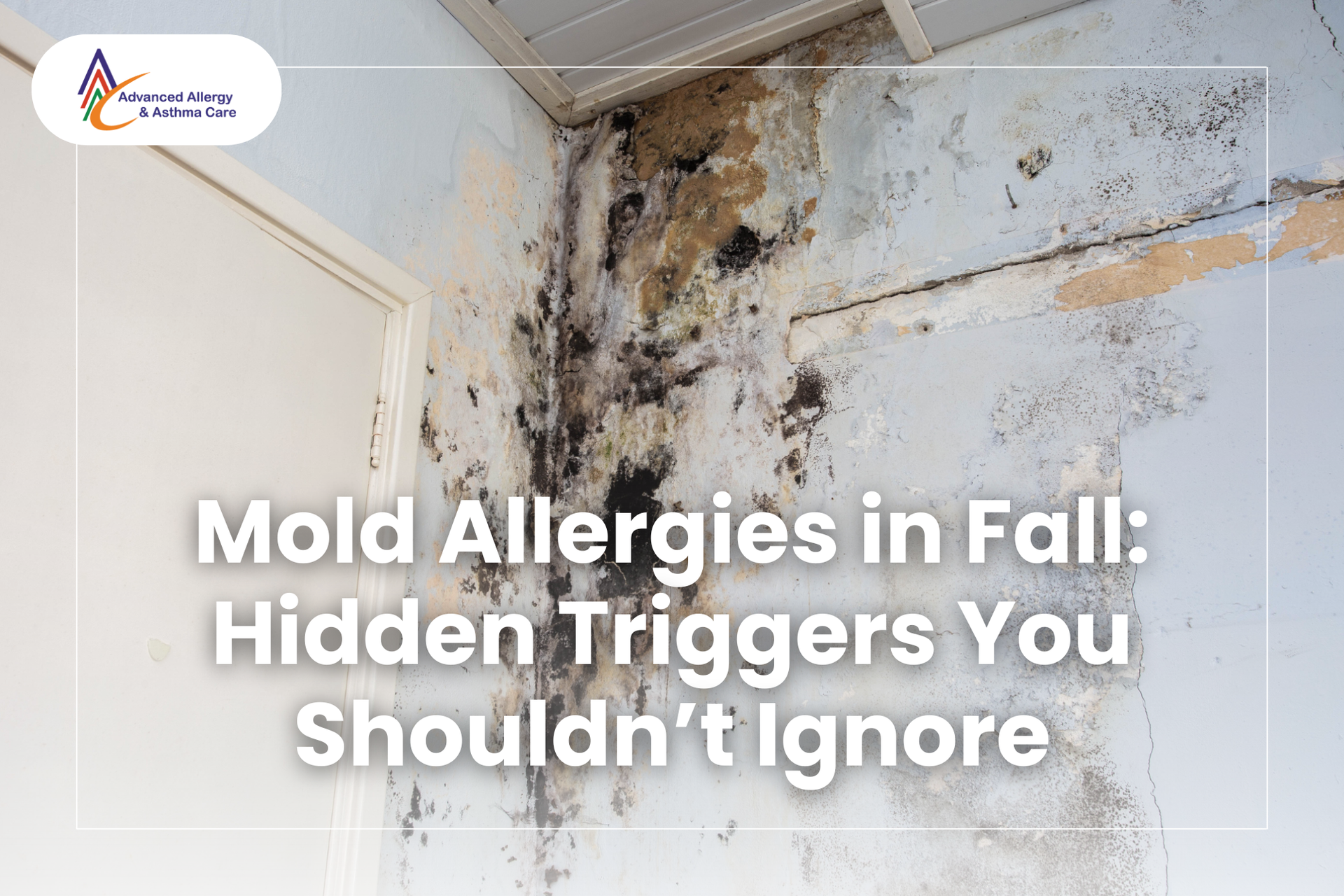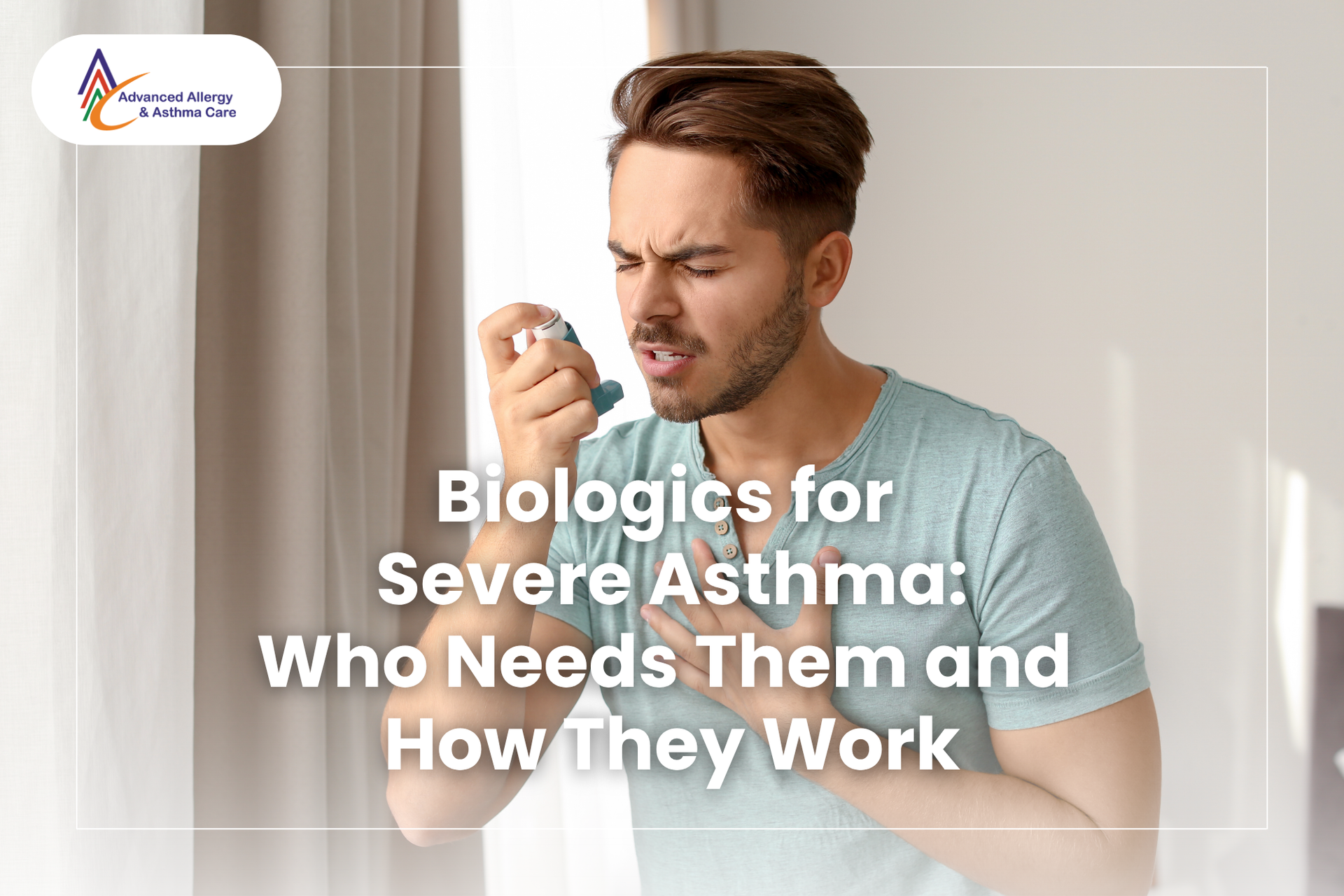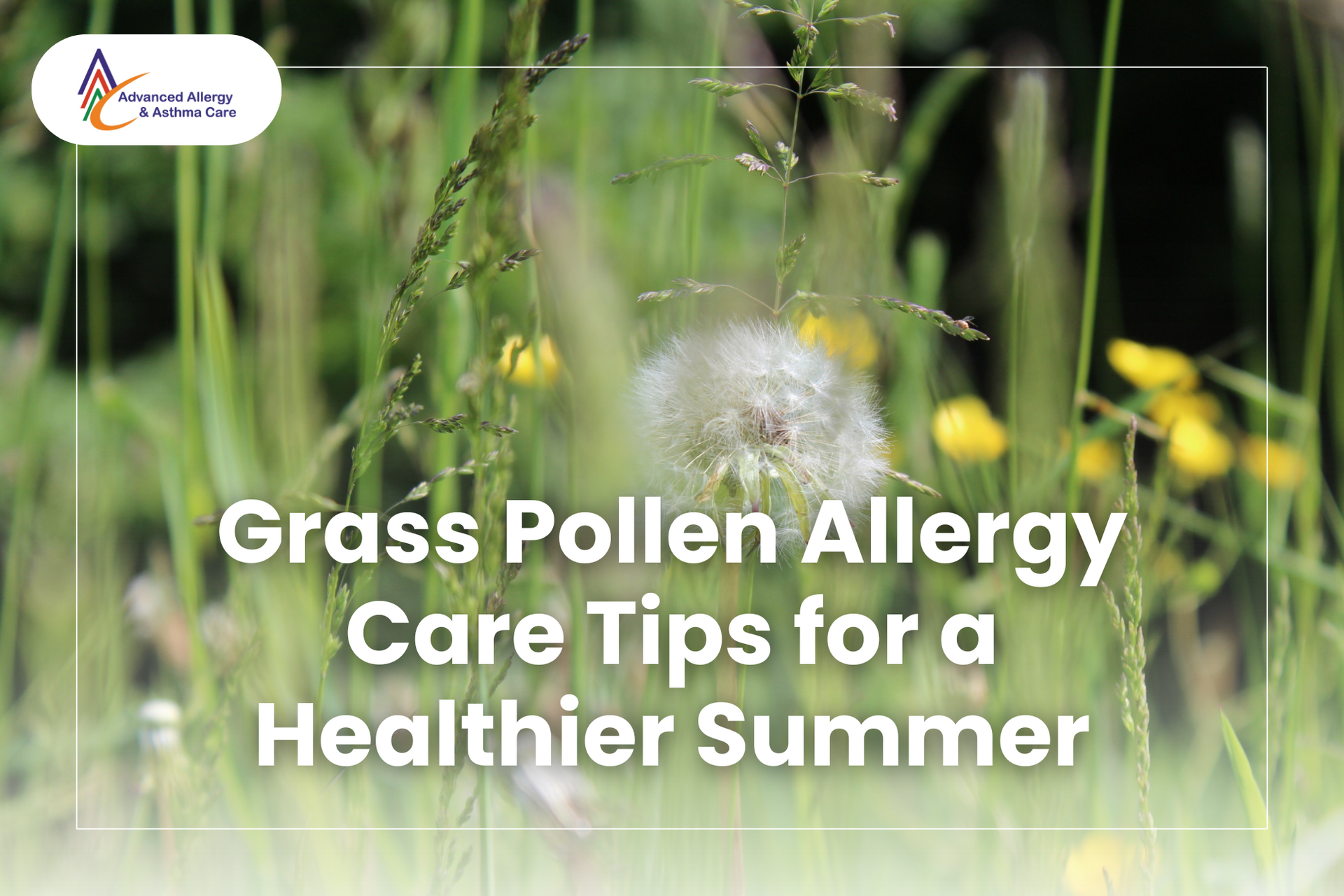The air is crisp, leaves crunch underfoot, and pumpkin spice is everywhere—fall has arrived. But while you’re enjoying the cozy season, something else might be stirring up your sinuses:
mold spores. Many people don’t realize that autumn’s damp leaves and cool air can turn this beautiful season into prime time for mold growth.
It’s common to mistake mold allergy symptoms for a stubborn cold or sinus infection. Congestion, sneezing, and fatigue often make you think you’re sick when it’s really mold hiding in leaf piles, basements, or air vents.
At
Advanced Allergy and Asthma Care, we help uncover what’s really behind your symptoms and find lasting relief. Our experts are here to make sure you can enjoy fall’s best moments without the sneezing and sniffles.
Enjoy the Beauty Without the Sniffles
Why Mold Allergies Peak in the Fall
Ever notice your allergies acting up once the leaves start to fall? You’re not alone. Mold allergies in the fall are more common than most people realize. Fall may look crisp and clean, but it’s actually prime time for mold growth. As temperatures drop and moisture lingers, mold spores thrive both outdoors and indoors.
When leaves pile up and start to decay, they trap moisture and become the perfect breeding ground for mold. Even damp firewood or mulch can harbor mold that releases spores into the air.
It’s not just outside. Once windows close and heaters turn on, indoor mold can quietly spread in warm, damp spots like:
- Bathrooms: Around showers and sinks
- Basements: Where humidity and poor ventilation meet
- Kitchens:
Under sinks or near leaky pipes
- HVAC systems: Where dust and condensation build up
Common allergy-triggering molds include:
- Alternaria:
In damp outdoor areas, like soil and leaves
- Cladosporium: On plants and window sills
- Aspergillus:
Inside ducts or stored grains
- Penicillium: On carpets, wallpaper, and insulation
Cooler weather, extra rain, and closed-up homes make fall the perfect season for seasonal mold allergies. But once you know where mold hides, you can take simple steps to keep your home safe and your allergies under control.
Common and Often Overlooked Mold Allergy Triggers
Mold spores can infiltrate your life through everyday routines, from weekend yard work to cozy indoor habits. Knowing the common triggers can help you keep your mold allergy symptoms under control.
Outdoor Mold Triggers
Fall’s beauty often hides moldy surprises like:
- Wet leaves:
Decaying piles are prime mold spots
- Compost and mulch: Hold moisture and release spores
- Damp soil:
Especially after rain or watering
- Firewood or rotting wood: Perfect for mold growth
Wear a mask when raking, avoid yard work right after rain, and bag wet leaves quickly to reduce exposure.
Indoor Mold Triggers
When the chill sets in, indoor spaces can become havens for mold, affecting both indoor air quality and allergies. Watch out for:
- Bathrooms and basements: Warm, damp areas that mold loves
- Humidifiers and AC units: Moisture builds up if not cleaned regularly
- Carpets and window sills: Trap dust and moisture
- Stored summer gear: Damp items packed away can grow mold
Keep humidity below 50%, clean humidifiers weekly, and use a dehumidifier in damp rooms. Wipe down wet surfaces to stop mold before it spreads.
Recognizing the Symptoms: Mold Allergy or Just a Cold?
You’ve cleaned up the leaves, wiped down the windows, and still can’t shake that stuffy nose. So, is it a seasonal cold or something else? Mold allergies can look a lot like a lingering cold, which is why many people overlook the real cause behind their symptoms. Understanding the signs of mold exposure can help you spot the difference early.
Common Mold Allergy Symptoms
If you’re reacting to mold, you might notice:
- Sneezing or a runny, itchy nose
- Watery or irritated eyes
- Postnasal drip or persistent coughing
- Scratchy throat or sinus pressure
- Fatigue or brain fog that just won’t go away
Unlike a cold, mold allergy symptoms last for weeks or even months, especially when you’re around damp spaces. While colds usually cause a fever or body aches, mold allergies don’t. They just bring ongoing congestion and irritation.
For people with asthma and mold sensitivity, exposure can be even more troublesome, triggering wheezing, chest tightness, and breathing difficulties. Long-term exposure may also lead to chronic sinus issues or make asthma harder to control.
If your “cold” keeps coming back every fall, it might be time to dig deeper. Mold could be the real reason you’re not feeling your best.
When to See an Allergy Specialist
If your “seasonal sniffles” linger past fall or return year after year, it might be time to see an expert. Mold allergies can quietly wear you down, affecting your breathing, focus, and overall comfort.
Consider seeing an allergy specialist if you have:
- Constant nasal congestion that never clears up
- Frequent sinus infections or postnasal drip
- Asthma flare-ups during damp or cool weather
- Unexplained fatigue that doesn’t go away
Early diagnosis can make a big difference. With the right testing, your specialist can identify your triggers and create a personalized plan for long-term relief.
How We Can Help
Finding relief starts with knowing what’s triggering your symptoms, and that’s where
Advanced Allergy and Asthma
Care
can help. Our team combines expert testing and personalized allergy treatment to help you breathe easier year-round.
Accurate Testing and Diagnosis
We offer thorough allergy testing, including:
- Skin prick test
to identify common allergens like mold, pollen, and dust.
- Blood tests for more complex or sensitive cases.
Once we find your triggers, we’ll build a treatment plan that fits your lifestyle.
Personalized Treatment Plans
Our approach focuses on long-term relief through:
- Allergy shots (immunotherapy): Build tolerance to allergens.
- Medications: Ease congestion, sneezing, and itchy eyes.
- Lifestyle tips:
Simple steps to reduce mold exposure at home.
Tips to Reduce Mold Exposure at Home
Once you understand what’s triggering your mold allergies, the next step is keeping those spores in check, especially at home. A few simple mold allergy prevention tips can make a big difference in reducing exposure and easing your symptoms.
Keep Air Dry and Fresh
- Maintain humidity below 50%. Use a dehumidifier in damp areas.
- Fix leaks quickly and dry wet spots right away.
- Use exhaust fans when cooking or showering to reduce moisture.
Clean Smarter
- Use HEPA filters to trap mold spores and improve air quality.
- Regularly clean vents, filters, and humidifiers to prevent buildup.
Be Cautious Outdoors
- Avoid yard work after rain or on windy days.
- Store fall decorations and outdoor gear dry to prevent mold growth.
A little prevention goes a long way. Keeping your home clean, dry, and well-ventilated helps you breathe easier all season long.
Say Goodbye to Mold and Hello to Fresh Fall Air
Fall should be about enjoying cool breezes and cozy nights, not battling sneezing fits and itchy eyes. Mold might be a hidden part of the season, but it doesn’t have to control your comfort. A few smart precautions and the right allergy care can help you breathe easy and truly enjoy everything fall has to offer.
If mold allergy symptoms are keeping you from feeling your best, it’s time to take action. Schedule your allergy evaluation with
Advanced Allergy and Asthma Care today and reclaim your favorite season one clear, refreshing breath at a time.
Your Fall Relief Starts Here
Frequently Asked Questions
Can mold allergies affect me even if I don’t see visible mold at home?
Absolutely. Mold spores are microscopic and can circulate through your home’s air ducts or collect in places like humidifiers, carpets, or window sills. Even a small, hidden patch behind wallpaper or under flooring can trigger allergic reactions.
How can I tell if my “sinus infection” is actually caused by mold allergies?
If your congestion lasts for weeks, doesn’t improve with antibiotics, or returns in the same season each year, mold may be the culprit. Allergists can confirm this through targeted allergy testing and help you treat the root cause, not just the symptoms.
Are indoor plants a hidden source of mold spores?
They can be! Overwatering or poor drainage can cause mold to grow in the soil. If you have allergies, try using gravel or activated charcoal over the soil’s surface to reduce mold growth and water your plants less frequently.
Why do my symptoms seem worse at night?
Mold can collect in bedding, carpets, or around windows where moisture builds up. If your bedroom has poor ventilation or higher humidity, you may be inhaling more spores while you sleep. Using a dehumidifier and washing bedding often can make a big difference.










